-
Report Prologue
-
Market Introduction
-
Definition
-
Scope of the Study
- Research Objective
- Assumptions
- Limitations
-
Research Methodology
-
Introduction
-
Primary Research
-
Secondary research
-
Market Size Estimation
-
Market Dynamics
-
Drivers
-
Restrains
-
Opportunities
-
Challenges
-
Macroeconomic Indicators
-
Technology Trends & Assessment
-
Market Factor Analysis
-
Porters Five Forces Analysis
- Bargaining Power of Suppliers
- Bargaining Power of Buyers
- Threat of New Entrants
- Threat of Substitutes
- Intensity of Rivalry
-
Value Chain Analysis
-
Investment Feasibility Analysis
-
Pricing Analysis
-
Global Continuous Positive Airway Pressure (CPAP) Devices Market, by Product Type
-
Introduction
-
CPAP Motors
- Market Estimates & Forecast, 2023-2030
-
CPAP Hoses
- Market Estimates & Forecast, 2023-2030
-
CPAP Mask
- Market Estimates & Forecast, 2023-2030
-
Others
-
Global Continuous Positive Airway Pressure (CPAP) Devices Market, by Features
-
Introduction
-
Humidifier
- Market Estimates & Forecast, 2023-2030
-
Portability
- Market Estimates & Forecast, 2023-2030
-
Heated Tubing
- Market Estimates & Forecast, 2023-2030
-
Others
- Market Estimates & Forecast, 2023-2030
-
Global Continuous Positive Airway Pressure (CPAP) Devices Market, by Automation
-
Introduction
-
Manual
- Market Estimates & Forecast, 2023-2030
-
Automatic
- Market Estimates & Forecast, 2023-2030
-
Global Continuous Positive Airway Pressure (CPAP) Devices Market, by End User
-
Introduction
-
Hospitals
- Market Estimates & Forecast, 2023-2030
-
Private Clinics
- Market Estimates & Forecast, 2023-2030
-
Home Care
- Market Estimates & Forecast, 2023-2030
-
Global Continuous Positive Airway Pressure (CPAP) Devices Market, by Region
-
Introduction
-
Americas
- North America
- South America
-
Europe
- Western Europe
- Eastern Europe
-
Asia Pacific
- Japan
- China
- India
- Australia
- Republic of Korea
- Rest of Asia Pacific
-
The Middle East & Africa
- United Arab Emirates
- Saudi Arabia
- Oman
- Kuwait
- Qatar
- Rest of the Middle East & Africa
-
Company Landscape
-
Introduction
-
Market Share Analysis
-
Key Development & Strategies
- Key Developments
-
Company Profiles
-
Medtronic
- Company Overview
- Product Overview
- Financials
- SWOT Analysis
-
Koninklijke Philips N.V.
- Company Overview
- Product Overview
- Financial Overview
- Key Developments
- SWOT Analysis
-
3B Medical, Inc.
- Company Overview
- Product Overview
- Financial Overview
- Key Development
- SWOT Analysis
-
Armstrong Medical Inc.
- Company Overview
- Product/Business Segment Overview
- Financial Overview
- Key Development
- SWOT Analysis
-
ResMed
- Company Overview
- Product Overview
- Financial overview
- Key Developments
-
Smiths Medical
- Company Overview
- Product Overview
- Financial Overview
- Key Developments
-
Apex Medical Corp.
- Overview
- Product Overview
- Financials
- Key Developments
- SWOT Analysis
-
Fisher & Phillips LLP
- Overview
- Product Overview
- Financials
- Key Developments
- SWOT Analysis
-
Cardinal Health
- Overview
- Product Overview
- Financials
- Key Developments
- SWOT Analysis
-
Others
-
Appendix
-
LIST OF TABLES
-
Continuous Positive Airway Pressure (CPAP) Devices Industry Synopsis, 2023-2030
-
Global Continuous Positive Airway Pressure (CPAP) Devices Market Estimates and Forecast, 2023-2030, (USD Million)
-
Global Continuous Positive Airway Pressure (CPAP) Devices Market by Region, 2023-2030, (USD Million)
-
Global Continuous Positive Airway Pressure (CPAP) Devices Market by Product Type, 2023-2030, (USD Million)
-
Global Continuous Positive Airway Pressure (CPAP) Devices Market by Features, 2023-2030, (USD Million)
-
Global Continuous Positive Airway Pressure (CPAP) Devices Market by Automation, 2023-2030, (USD Million)
-
Global Continuous Positive Airway Pressure (CPAP) Devices Market by End user, 2023-2030, (USD Million)
-
America Continuous Positive Airway Pressure (CPAP) Devices Market by Product Type, 2023-2030, (USD Million)
-
America Continuous Positive Airway Pressure (CPAP) Devices Market by Features, 2023-2030, (USD Million)
-
America Continuous Positive Airway Pressure (CPAP) Devices Market by Automation, 2023-2030, (USD Million)
-
America Continuous Positive Airway Pressure (CPAP) Devices Market by End user, 2023-2030, (USD Million)
-
US Continuous Positive Airway Pressure (CPAP) Devices Market by Product Type, 2023-2030, (USD Million)
-
US Continuous Positive Airway Pressure (CPAP) Devices Market by Features, 2023-2030, (USD Million)
-
US Continuous Positive Airway Pressure (CPAP) Devices Market by Automation, 2023-2030, (USD Million)
-
US Continuous Positive Airway Pressure (CPAP) Devices Market by End User, 2023-2030, (USD Million)
-
Canada Continuous Positive Airway Pressure (CPAP) Devices Market by Product Type, 2023-2030, (USD Million)
-
Canada Continuous Positive Airway Pressure (CPAP) Devices Market by Features, 2023-2030, (USD Million)
-
Canada Continuous Positive Airway Pressure (CPAP) Devices Market by Automation, 2023-2030, (USD Million)
-
Canada Continuous Positive Airway Pressure (CPAP) Devices Market by End user, 2023-2030, (USD Million)
-
South America Continuous Positive Airway Pressure (CPAP) Devices Market by Product Type, 2023-2030, (USD Million)
-
South America Continuous Positive Airway Pressure (CPAP) Devices Market by Features, 2023-2030, (USD Million)
-
South America Continuous Positive Airway Pressure (CPAP) Devices Market by Automation, 2023-2030, (USD Million)
-
South America Continuous Positive Airway Pressure (CPAP) Devices Market by End user, 2023-2030, (USD Million)
-
Europe Continuous Positive Airway Pressure (CPAP) Devices Market by Product Type, 2023-2030, (USD Million)
-
Europe Continuous Positive Airway Pressure (CPAP) Devices Market by Features, 2023-2030, (USD Million)
-
Europe Continuous Positive Airway Pressure (CPAP) Devices Market by Automation, 2023-2030, (USD Million)
-
Europe Continuous Positive Airway Pressure (CPAP) Devices Market by End user, 2023-2030, (USD Million)
-
Western Europe Continuous Positive Airway Pressure (CPAP) Devices Market by Product Type, 2023-2030, (USD Million)
-
Western Europe Continuous Positive Airway Pressure (CPAP) Devices Market by Features, 2023-2030, (USD Million)
-
Western Europe Continuous Positive Airway Pressure (CPAP) Devices Market by Automation, 2023-2030, (USD Million)
-
Western Europe Continuous Positive Airway Pressure (CPAP) Devices Market by End user, 2023-2030, (USD Million)
-
Eastern Europe Continuous Positive Airway Pressure (CPAP) Devices Market by Product Type, 2023-2030, (USD Million)
-
Eastern Europe Continuous Positive Airway Pressure (CPAP) Devices Market by Features, 2023-2030, (USD Million)
-
Eastern Europe Continuous Positive Airway Pressure (CPAP) Devices Market by Automation, 2023-2030, (USD Million)
-
Eastern Europe Continuous Positive Airway Pressure (CPAP) Devices Market by End user, 2023-2030, (USD Million)
-
Asia Pacific Continuous Positive Airway Pressure (CPAP) Devices Market by Product Type, 2023-2030, (USD Million)
-
Asia Pacific Continuous Positive Airway Pressure (CPAP) Devices Market by Features, 2023-2030, (USD Million)
-
Asia Pacific Continuous Positive Airway Pressure (CPAP) Devices Market by Automation, 2023-2030, (USD Million)
-
Asia Pacific Continuous Positive Airway Pressure (CPAP) Devices Market by End user, 2023-2030, (USD Million)
-
Middle East & Africa Continuous Positive Airway Pressure (CPAP) Devices Market by Product Type, 2023-2030, (USD Million)
-
Middle East & Africa Continuous Positive Airway Pressure (CPAP) Devices Market by Features, 2023-2030, (USD Million)
-
Middle East & Africa Continuous Positive Airway Pressure (CPAP) Devices Market by Automation, 2023-2030, (USD Million)
-
Middle East & Africa Continuous Positive Airway Pressure (CPAP) Devices Market by End user, 2023-2030, (USD Million)
-
-
LIST OF FIGURES
-
Research Process
-
Segmentation for Global Continuous Positive Airway Pressure (CPAP) Devices Market
-
Segmentation Market Dynamics for Continuous Positive Airway Pressure (CPAP) Devices Market
-
Global Continuous Positive Airway Pressure (CPAP) Devices Market Share, by Product Type 2016
-
Global Continuous Positive Airway Pressure (CPAP) Devices Market Share, by Features 2016
-
Global Continuous Positive Airway Pressure (CPAP) Devices Market Share, by Automation, 2016
-
Global Continuous Positive Airway Pressure (CPAP) Devices Market Share, by End user, 2016
-
Global Continuous Positive Airway Pressure (CPAP) Devices Market Share, by Region, 2016
-
Americas Continuous Positive Airway Pressure (CPAP) Devices Market Share, by Country, 2016
-
Europe Continuous Positive Airway Pressure (CPAP) Devices Market Share, by Country, 2016
-
Asia Pacific Continuous Positive Airway Pressure (CPAP) Devices Market Share, by Country, 2016
-
Middle East & Africa Continuous Positive Airway Pressure (CPAP) Devices Market Share, by Country, 2016
-
Global Continuous Positive Airway Pressure (CPAP) Devices Market: Company Share Analysis, 2016 (%)
-
Medtronic: Key Financials
-
Medtronic: Segmental Revenue
-
Medtronic: Geographical Revenue
-
Koninklijke Philips N.V.: Key Financials
-
Koninklijke Philips N.V.: Segmental Revenue
-
Koninklijke Philips N.V.: Geographical Revenue
-
3B Medical, Inc.: Key Financials
-
3B Medical, Inc.: Segmental Revenue
-
3B Medical, Inc.: Geographical Revenue
-
Armstrong Medical Inc.: Key Financials
-
Armstrong Medical Inc.: Segmental Revenue
-
Armstrong Medical Inc.: Geographical Revenue
-
ResMed: Key Financials
-
ResMed: Segmental Revenue
-
ResMed: Geographical Revenue
-
Smiths Medical: Key Financials
-
Smiths Medical: Segmental Revenue
-
Smiths Medical: Geographical Revenue
-
Apex Medical Corp.: Key Financials
-
Apex Medical Corp.: Segmental Revenue
-
Apex Medical Corp.: Geographical Revenue
-
Fisher & Phillips LLP: Key Financials
-
Fisher & Phillips LLP: Segmental Revenue
-
Fisher & Phillips LLP: Geographical Revenue
-
Cardinal Health: Key Financials
-
Cardinal Health: Segmental Revenue
-
Cardinal Health: Geographical Revenue

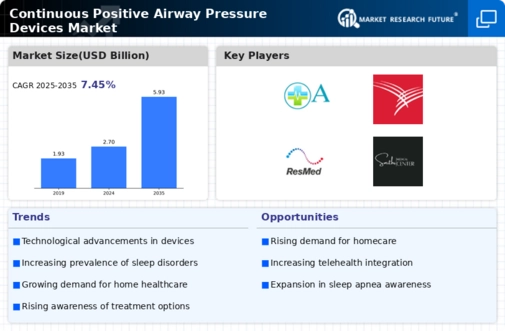
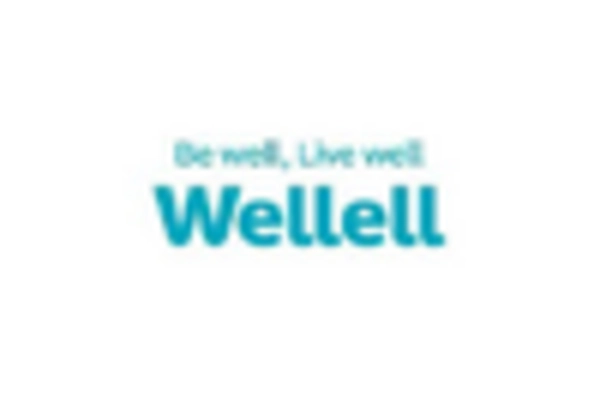
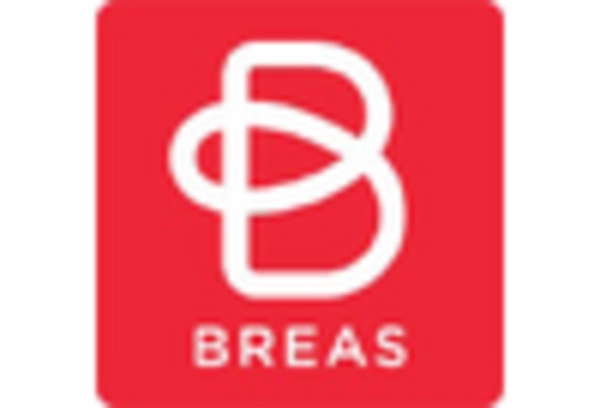
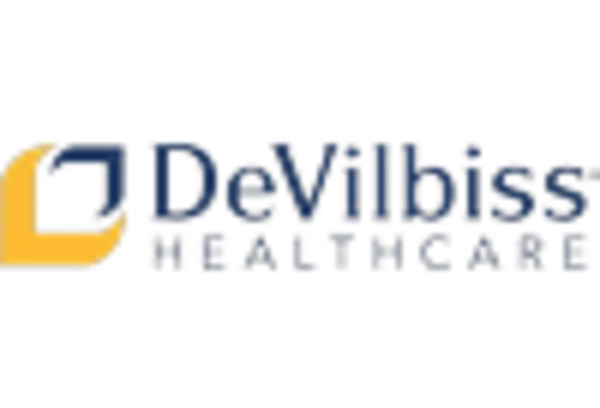
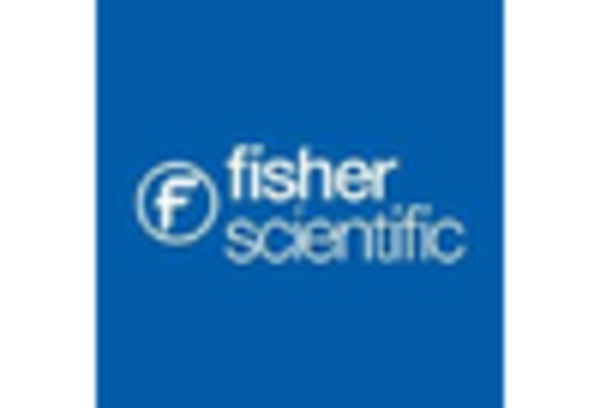

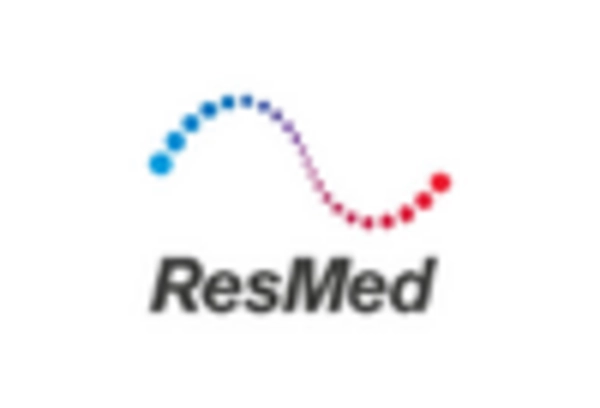

Leave a Comment